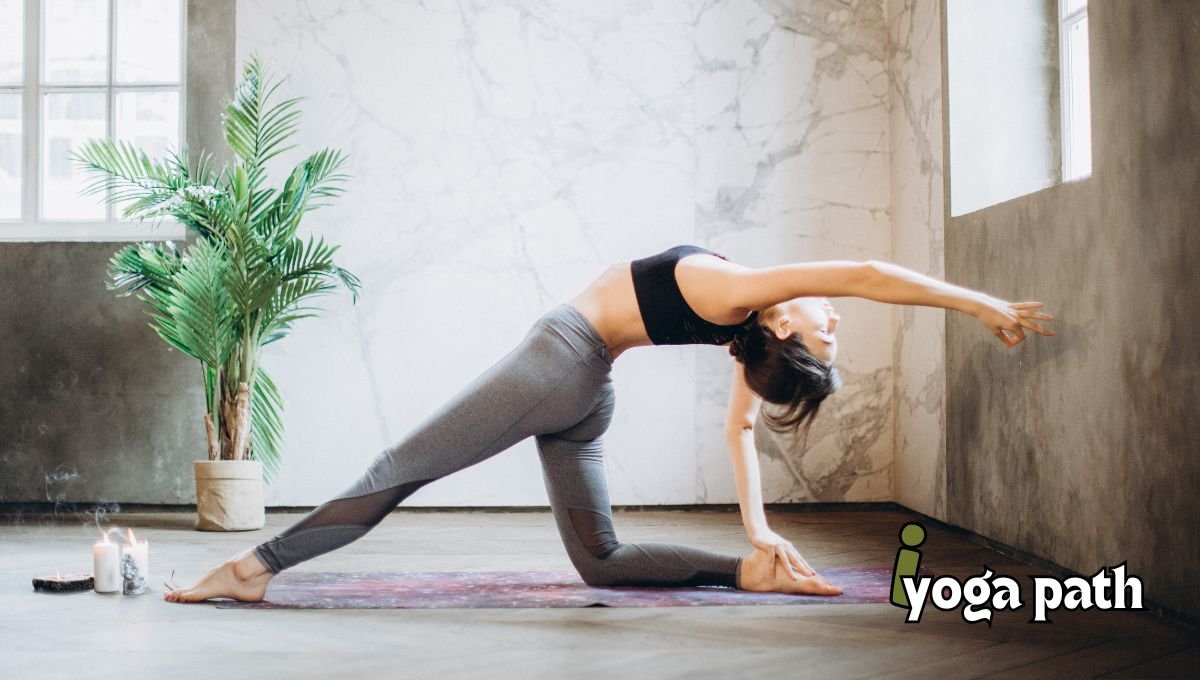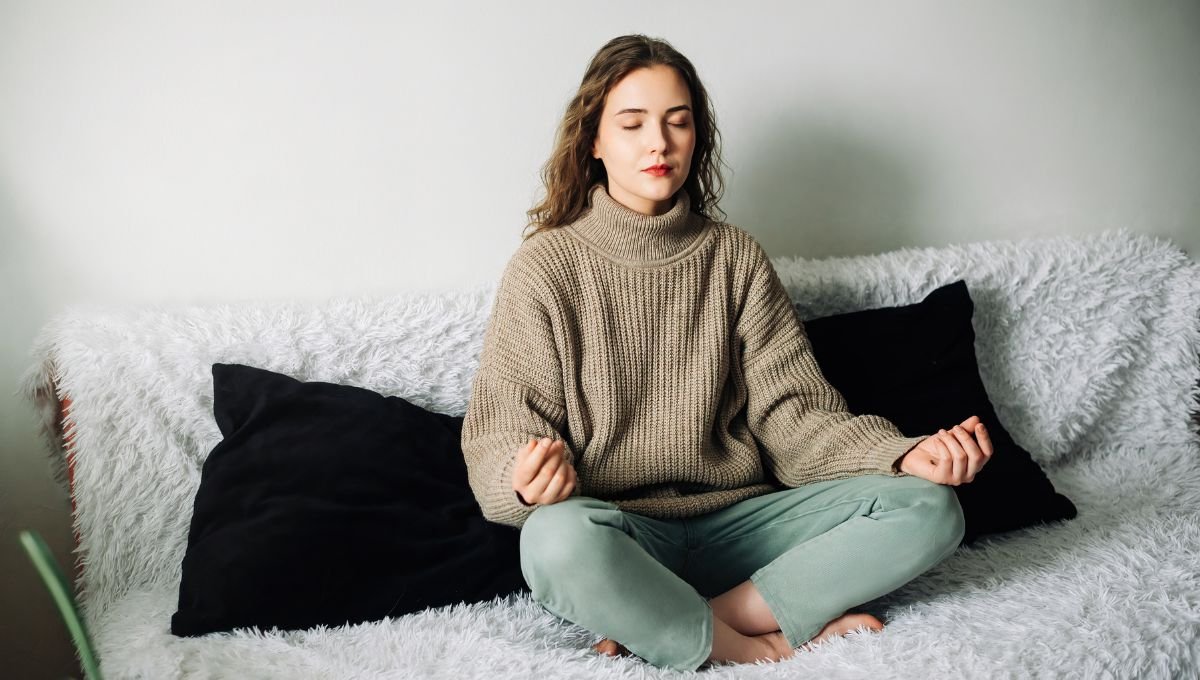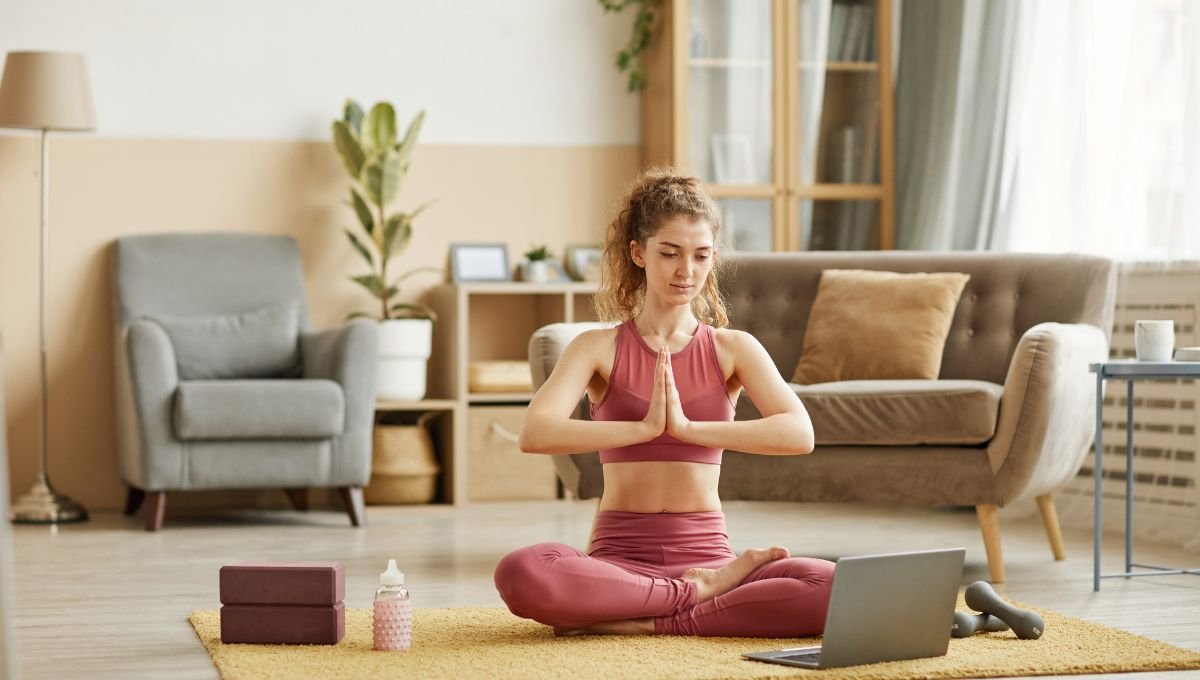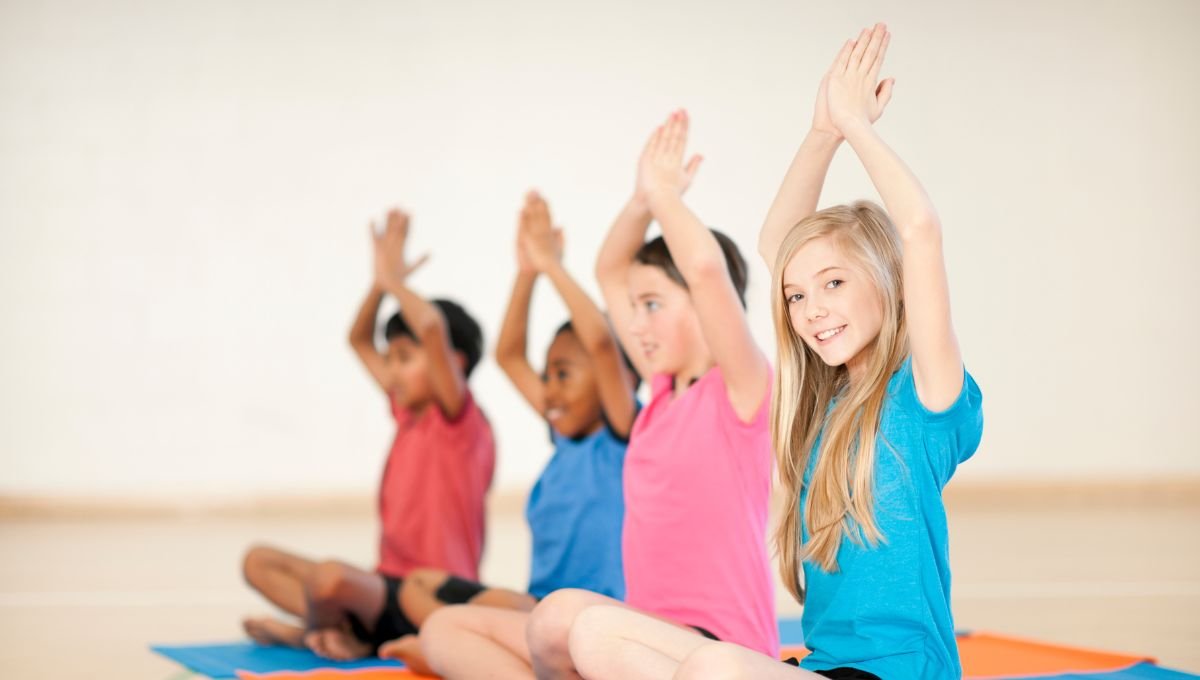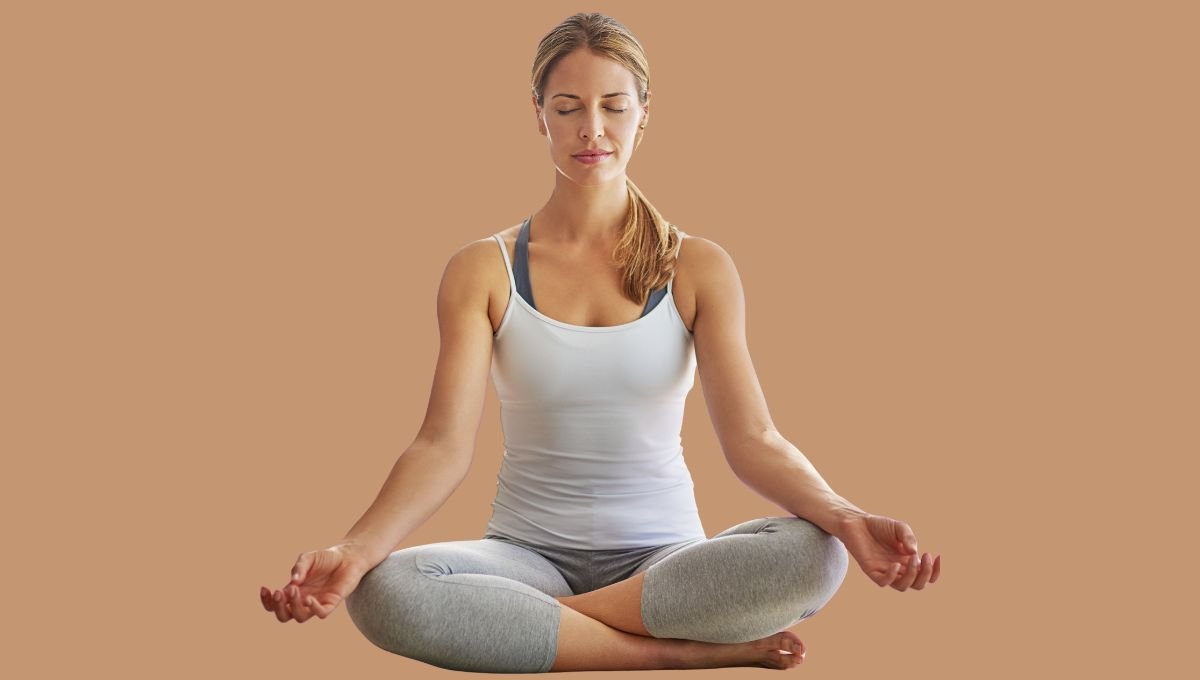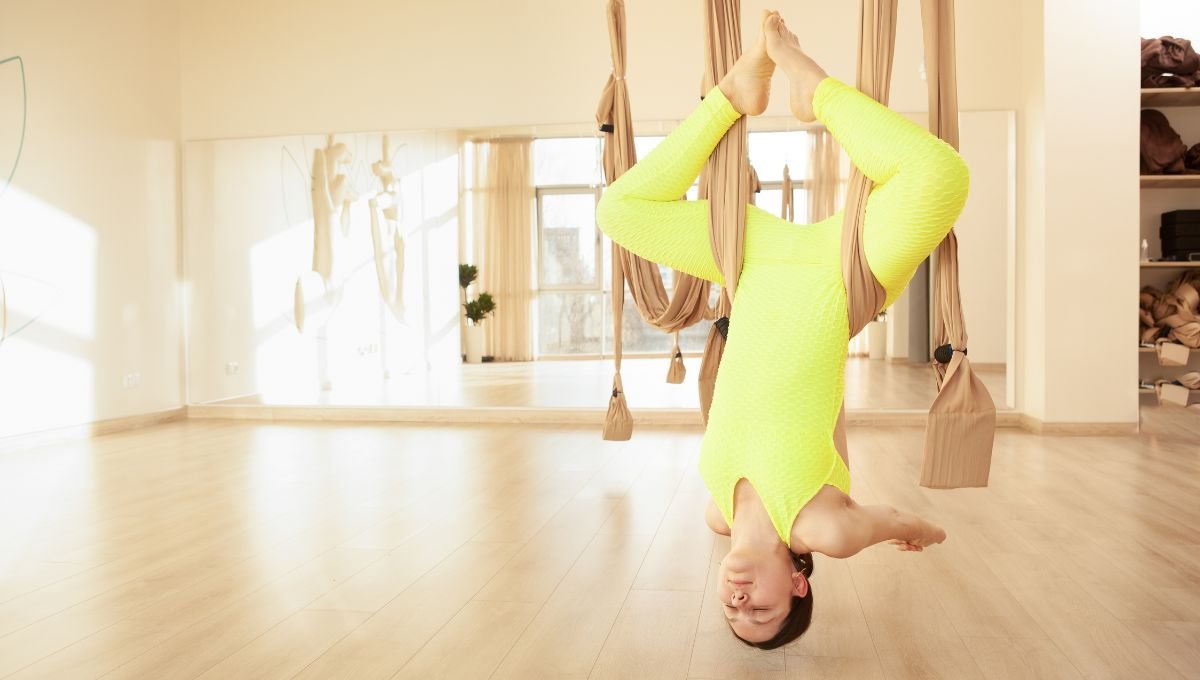Why Is Yoga So Hard? The Real Reasons Behind the Sweat
Yoga: a word that brings to mind images of serene stretches, peaceful meditation, and an overall sense of well-being. Yet, anyone who’s tried yoga knows it’s not all calm and zen. Instead, it can be a grueling challenge that tests both body and mind. Why is yoga so hard? This article dives deep into the various aspects of yoga that make it a difficult yet rewarding practice.
The Physical Challenge of Yoga
Varied Poses and Their Demands
One of the first hurdles in yoga is the sheer variety of poses. Each asana (pose) targets different muscle groups and requires a specific alignment, which can be demanding even for seasoned athletes. From the balance of the Tree Pose to the core strength needed for the Boat Pose, yoga engages muscles you never knew you had.
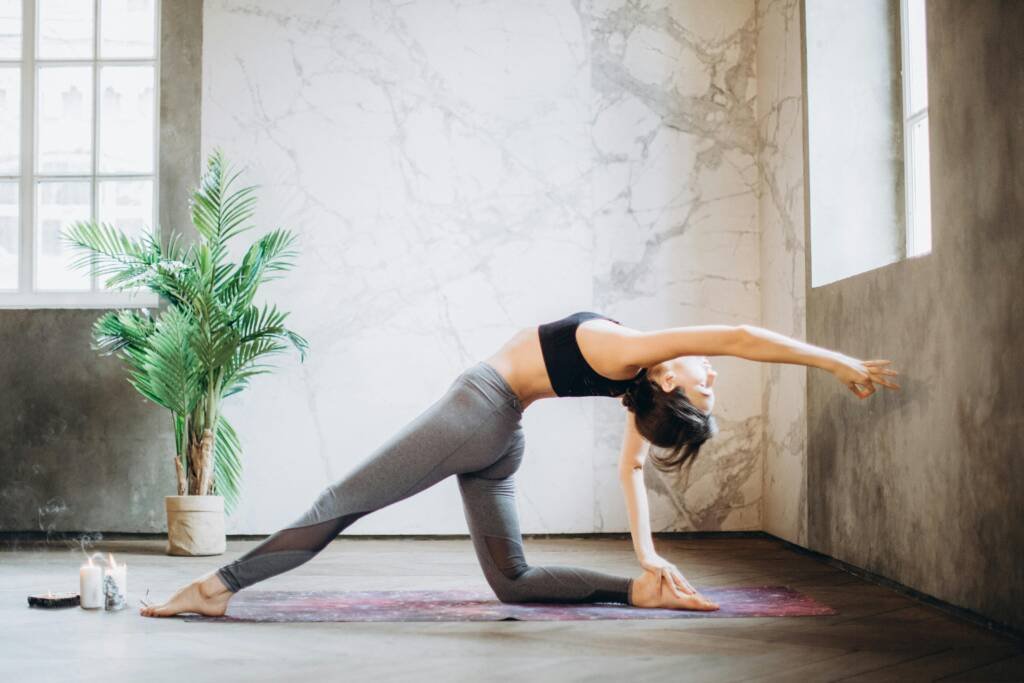
Flexibility and Strength Requirements
Yoga isn’t just about flexibility; it demands a blend of strength and flexibility. While some poses like Downward Dog emphasize stretching, others like the Plank Pose build muscle strength. This combination is essential for performing more complex poses safely.
Balancing Acts: Coordination and Stability
Balancing poses like Warrior III or Half Moon requires not just physical balance but also a high level of coordination and mental focus. Maintaining stability in these poses is a common challenge, especially when you’re first starting.
The Mental Challenge of Yoga
Focus and Concentration
Yoga isn’t just a physical exercise; it’s a mental one. Holding a pose requires intense concentration, and flowing through sequences demands continuous focus. It’s easy to let your mind wander, but yoga trains you to bring your attention back to your breath and movements.
The Role of Mindfulness
Mindfulness is a cornerstone of yoga. It involves being fully present in each moment, which can be surprisingly difficult. In our fast-paced world, slowing down and tuning into your body and breathing is a skill that takes time and practice to develop.
Overcoming Mental Blocks
Many people face mental blocks in yoga, such as fear of failing a pose or frustration at a perceived lack of progress. Overcoming these barriers is part of the mental challenge and growth in yoga. It teaches patience, perseverance, and self-compassion.
Yoga’s Emotional Challenge
Emotional Release During Practice
Yoga has a unique way of unlocking stored emotions. Poses that open the hips or chest can release deep-seated emotions, leading to unexpected moments of crying or feeling overwhelmed. This emotional release is a natural and therapeutic aspect of yoga.
Dealing with Frustration and Self-Judgment
It’s common to feel frustrated when you can’t achieve a pose or when your body doesn’t respond as you hoped. Yoga teaches you to let go of self-judgment and embrace where you are in your practice, fostering a healthier relationship with yourself.
The Journey of Self-Discovery
Yoga is often described as a journey of self-discovery. It pushes you to explore your physical limits, confront your mental patterns, and understand your emotional responses. This journey can be challenging but ultimately leads to profound personal growth.
The Spiritual Aspect of Yoga
Connection to a Higher Self
Beyond the physical and mental, yoga has a spiritual dimension. It encourages a connection to your higher self and the universe. This spiritual pursuit can be daunting, as it requires deep introspection and a willingness to explore beyond the tangible.
The Pursuit of Inner Peace
Many people come to yoga seeking inner peace. Achieving this peace involves quieting the mind, which is easier said than done. The practice of meditation and mindful movement helps cultivate this inner calm, but it takes consistent effort and dedication.
Yoga as a Path to Enlightenment
For some, yoga is a path to enlightenment. This spiritual goal involves a lifelong commitment to self-improvement and understanding. It’s a challenging path, but one that many find deeply rewarding as they progress.
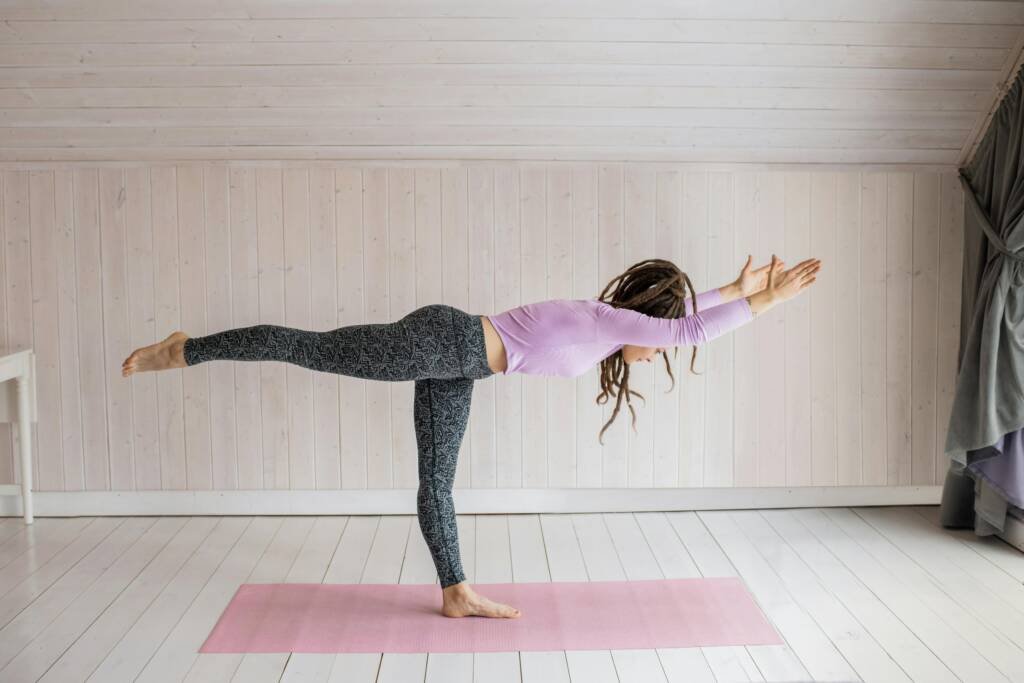
Common Misconceptions About Yoga
Yoga is Only for the Flexible
A common misconception is that you need to be flexible to do yoga. In reality, yoga is for everyone, regardless of flexibility. The practice itself helps improve flexibility over time.
Yoga is Not a Real Workout
Some people think yoga isn’t a “real” workout compared to activities like running or weightlifting. However, yoga can be incredibly challenging and effective for building strength, flexibility, and endurance.
You Have to Be Spiritual to Practice Yoga
While yoga has spiritual roots, you don’t need to be spiritual to practice it. Many people enjoy yoga purely for its physical and mental benefits, and that’s perfectly okay.
Overcoming the Challenges of Yoga
Setting Realistic Goals
One way to overcome the challenges of yoga is to set realistic goals. Understand that progress takes time and celebrate small achievements along the way.
Practicing Patience and Consistency
Patience and consistency are key in yoga. Regular practice, even if it’s just a few minutes each day, can lead to significant improvements over time.
Seeking Guidance from Experienced Practitioners
Learning from experienced yoga instructors can make a big difference. They can provide personalized guidance, help correct your form, and offer support as you navigate the challenges of your practice.
Tips for Beginners
Choosing the Right Style of Yoga
There are many styles of yoga, from gentle Hatha to intense Ashtanga. Finding the right style that matches your fitness level and goals is crucial.
Finding the Right Instructor
A good instructor can make or break your yoga experience. Look for someone who resonates with you, and who can guide you through the practice with patience and expertise.
Listening to Your Body
Yoga teaches you to tune into your body and respect its limits. Listen to what your body needs, and don’t push yourself into pain or discomfort.
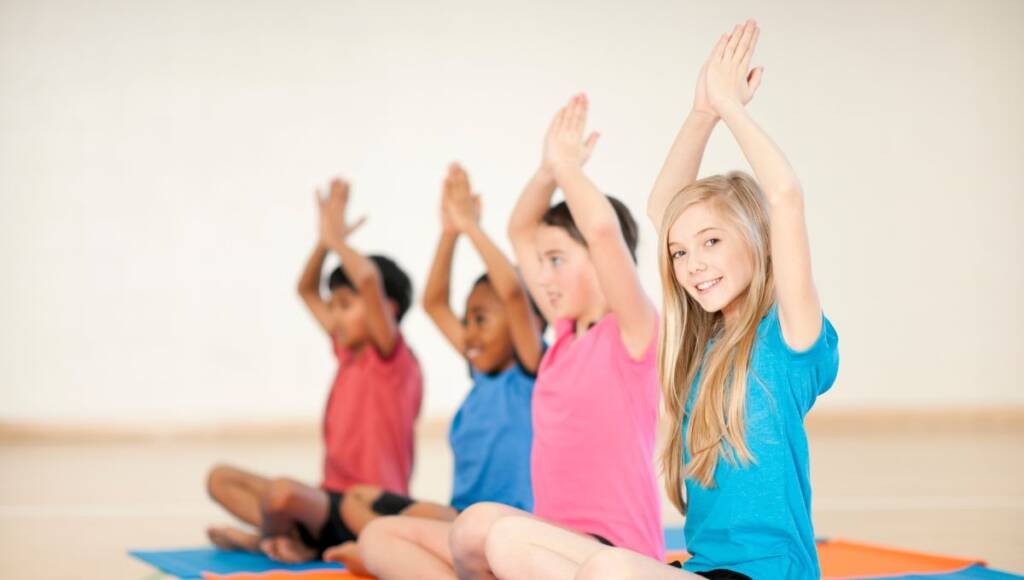
The Importance of Breath in Yoga
Pranayama Techniques
Breathing, or pranayama, is a fundamental part of yoga. Techniques like Ujjayi breath or Nadi Shodhana can enhance your practice and help you stay centered.
How Breath Affects Your Practice
Your breath can deeply influence your practice. It helps you maintain focus, manage stress, and connect more deeply with each pose.
Integrating Breath with Movement
Synchronizing breath with movement is a key aspect of yoga. It creates a flow that makes your practice more harmonious and effective.
The Role of Community in Yoga
Joining a Yoga Class or Group
Practicing yoga with others can be motivating and supportive. Joining a class or a yoga group provides a sense of community and belonging.
Sharing Experiences and Support
Sharing your yoga journey with others can be incredibly enriching. It allows you to exchange experiences, tips, and encouragement.
The Benefits of a Yoga Community
Being part of a yoga community can enhance your practice. It offers accountability, inspiration, and a network of like-minded individuals.
Yoga and Physical Health
Improving Flexibility and Mobility
One of the most obvious benefits of yoga is improved flexibility and mobility. Regular practice can help you move more freely and comfortably in your daily life.
Strengthening Muscles and Joints
Yoga poses build muscle strength and support joint health. This can help prevent injuries and enhance overall physical resilience.
Yoga for Chronic Pain Relief
Many people find relief from chronic pain through yoga. Poses that gently stretch and strengthen the body can alleviate discomfort and improve quality of life.
Yoga and Mental Health
Reducing Stress and Anxiety
Yoga is well-known for its stress-relieving benefits. The combination of movement, breathwork, and mindfulness can significantly reduce anxiety and promote relaxation.
Enhancing Emotional Resilience
Yoga helps build emotional resilience by teaching you how to stay calm and centered in challenging situations. This skill can translate into better emotional health overall.
Yoga as a Tool for Mental Clarity
Regular yoga practice can enhance mental clarity and focus. The mindfulness aspects of yoga help clear mental clutter and improve concentration.
Personal Stories of Yoga Challenges
Real-Life Experiences
Hearing about real-life experiences from fellow yogis can be inspiring. Many people have overcome significant challenges through their yoga practice.
Lessons Learned from Overcoming Obstacles
Personal stories often highlight valuable lessons learned from facing and overcoming obstacles in yoga. These lessons can provide motivation and insight for your practice.
Inspiring Journeys
Inspiring journeys of transformation through yoga can remind you that the effort is worth it. These stories can encourage you to keep going, even when the practice feels tough.
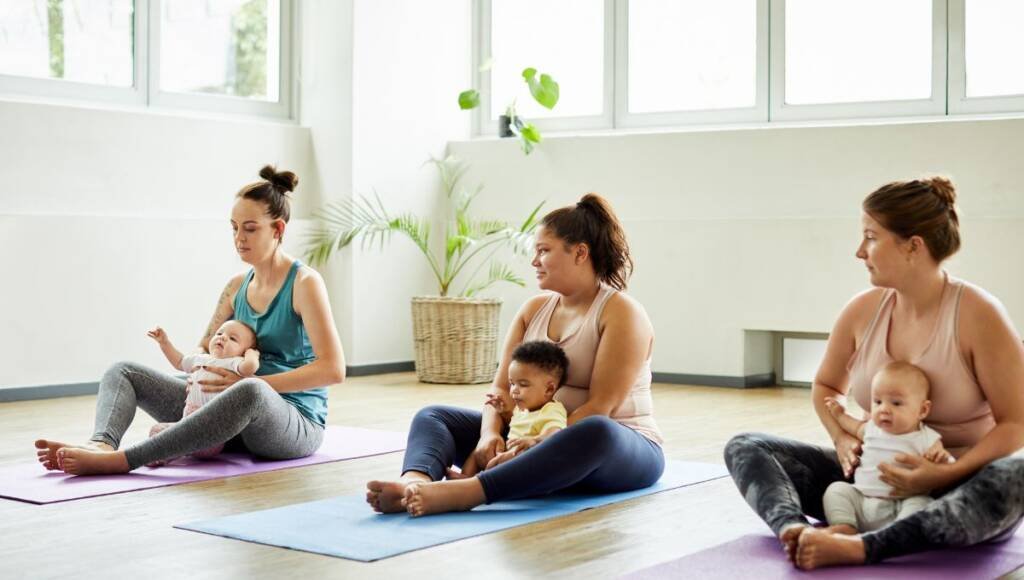
Yoga Myths Debunked
Yoga is Easy Once You Get the Hang of It
Yoga is a lifelong practice, and there’s always something new to learn. It’s never truly “easy,” but it does become more rewarding as you progress.
Advanced Poses are the Ultimate Goal
While advanced poses are impressive, they’re not the ultimate goal of yoga. The journey and the personal growth along the way are what matter most.
Yoga Alone Can Solve All Your Problems
Yoga is a powerful tool, but it’s not a cure-all. It’s most effective when combined with other healthy habits and practices.
Conclusion
Yoga is hard, and that’s precisely what makes it so transformative. Embracing the physical, mental, emotional, and spiritual challenges of yoga leads to profound growth and well-being. It’s a lifelong journey that teaches patience, resilience, and self-discovery. So, next time you roll out your mat, remember that every challenge is an opportunity to grow.
FAQs: Why Is Yoga So Hard?
Why do I find yoga harder than other workouts?
Yoga challenges both the body and mind, requiring a unique blend of strength, flexibility, and concentration. This combination can make it feel harder compared to other workouts that might focus solely on physical exertion.
Can yoga help with mental health issues?
Yes, yoga can significantly benefit mental health. The mindfulness, breath control, and physical movement in yoga can reduce stress, anxiety, and depression while enhancing emotional resilience and mental clarity.
How often should I practice yoga as a beginner?
As a beginner, aim to practice yoga 2-3 times a week. Consistency is more important than intensity, so start slow and gradually increase the frequency as you become more comfortable with the practice.
What should I do if I feel pain during yoga?
If you feel pain during yoga, stop immediately and assess your form. Pain indicates that something might be wrong. Consult your instructor for guidance and make necessary adjustments to avoid injury.
How long does it take to get good at yoga?
“Getting good” at yoga is subjective and varies for everyone. Focus on your progress rather than a timeline. With consistent practice, you’ll notice improvements in your flexibility, strength, and mental focus over time.
